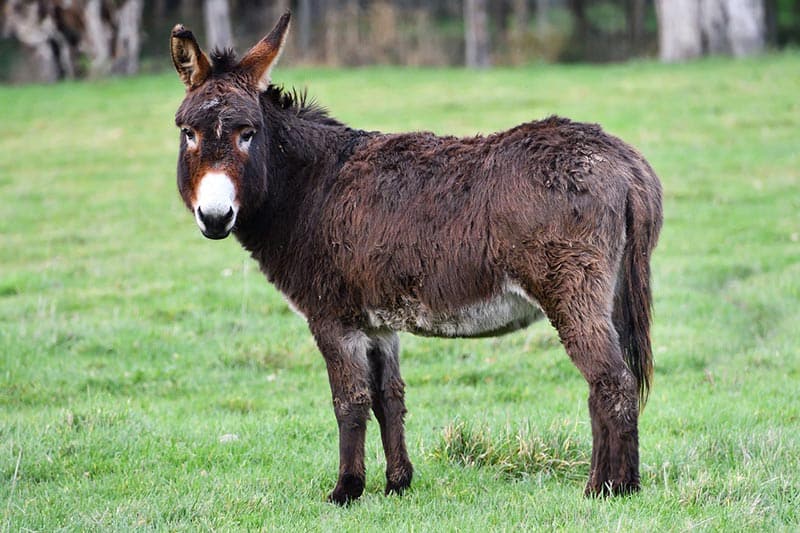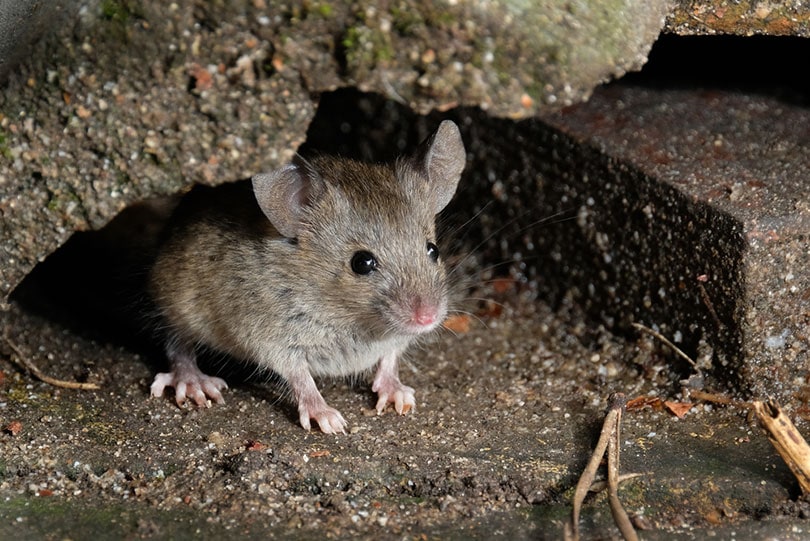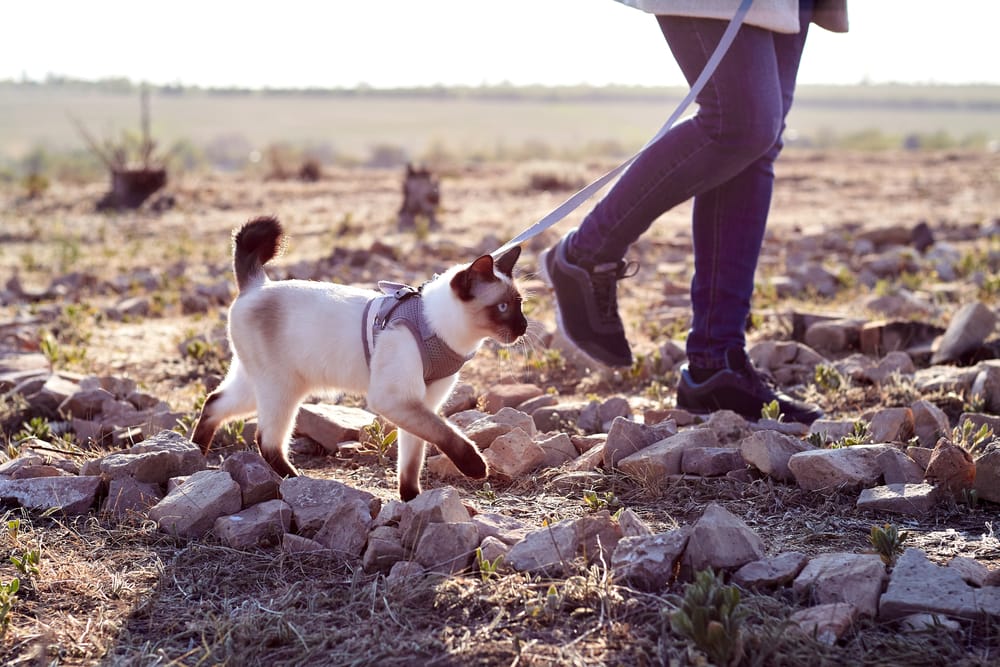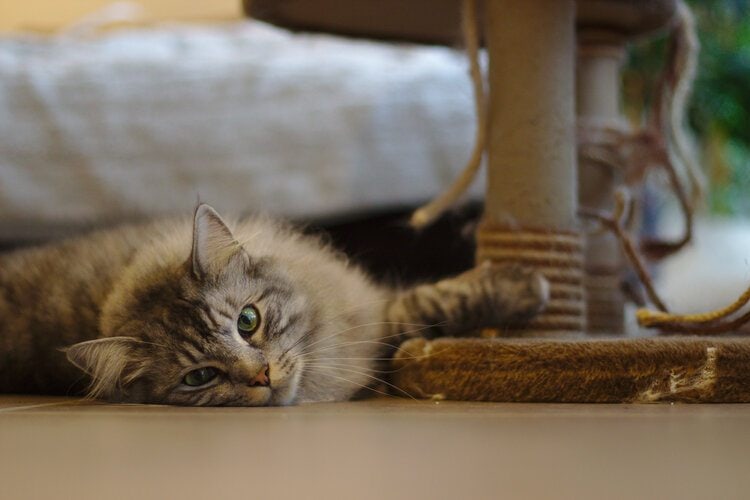With their mixture of sounds and funny facial expressions, donkeys can be characters! Many people think donkeys are laughing or smiling like humans, but that’s not the case, donkeys don’t laugh. These are just animated faces and loud sounds.
So, what is a donkey doing when it looks and sounds like it’s laughing? It’s actually a bray1, and this sound can be used to express a variety of emotions.

The Donkey’s “Laughing Sound”

The most common sound you’ll hear from a donkey is a bray. In cartoons and children’s stories, the onomatopoeia for the bray is “hee-haw” or “eeyore.” In fact, that’s why the Winnie the Pooh donkey character is named “Eeyore.”
This sounds a little like raucous laughter2, but that’s only because we, as humans, tend to project our emotions onto animals. Just because it sounds like laughter to us doesn’t mean that’s how the animal intends to communicate.
Loud sounds like the bray are used to communicate with the rest of the herd. The pitch that the donkey uses to bray can communicate distress or other feelings like loneliness or aggression. Some donkeys may use a bray to signal a predator or express discomfort as well.
The Donkey’s “Laughing” Face
Donkeys and horses both use an expression that involves curling their lips up and baring their teeth. To humans, this face may look funny or silly, like our own smiles, but that’s not how the donkey intends it.
Displaying teeth in this way is known as the Flehmen response. Though it looks like a laugh, it’s actually a way that donkeys—and other animals—can transfer a scent to an organ in their mouth that processes smells, the vomeronasal organ. This is located above the roof of the mouth via a duct that exits just behind the front teeth.
Most of the time, the Flehmen response is related to reproduction and sexual status. Other animals that show a Flehmen response include bison, giraffes, goats, tigers, tapirs, llamas, kobs, hedgehogs, rhinoceros, pandas, hippos, and antelope.
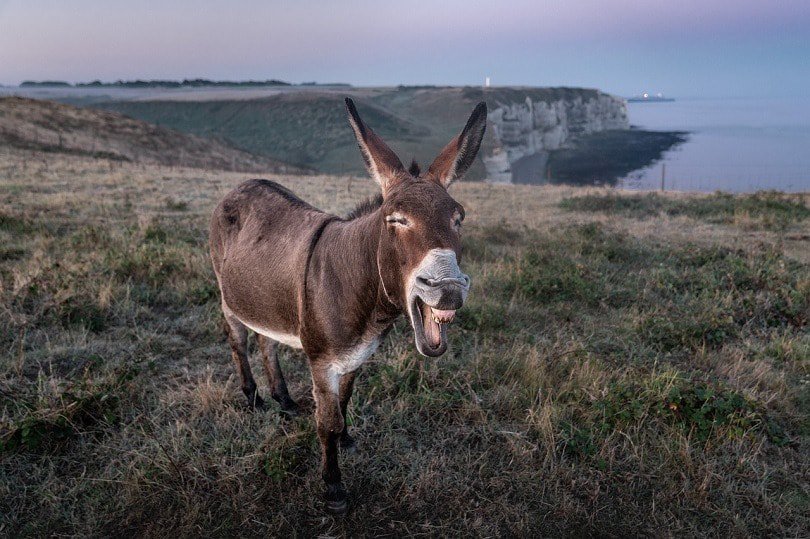
Understanding Donkey Communication
The most common reasons a donkey may show the Flehmen response or bray include:
- Territoriality: Donkeys may curl their lips to protect their territory and assert dominance.
- Mating: The Flehmen response is often because of pheromones and smells associated with reproduction, such as urine, but they may also lift their lips during mating periods to sense the status of other donkeys. Male donkeys may show their teeth to get the attention of female donkeys in heat.
- Anger: Donkeys may bray to alert others to the presence of predators or danger. This not only alerts other members of the herd or their human companions but may scare off the predator.
- Hunger: Donkeys may curl their lips in preparation to eat. They’ll sniff their food in this way or let out a series of brays to indicate that they’re hungry.

Conclusion
As humans, we tend to humanize animals and project our emotions onto them. Laughter and smiling are among them, which we attribute to donkeys and other animals like hyenas, dogs, pigs, rats, birds, and apes. Monkeys and apes do laugh like humans, but donkeys and other animals use laughter-like vocalization and expressions to signal danger, discomfort, hunger, sexual receptivity, and more.
See also:
- Do Donkeys Sleep Standing Up?
- 10 Incredible & Interesting Donkey Facts: Characteristics, Lifespan & More
Featured Image Credit: dendoktoor, Pixabay
